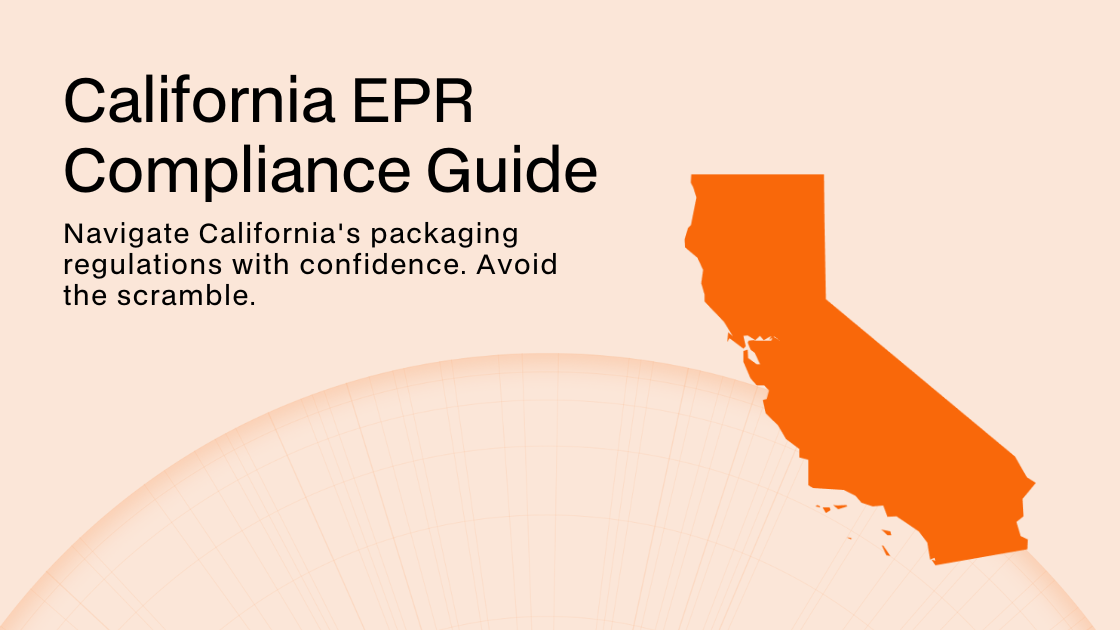California's Extended Producer Responsibility (EPR) law is here, and November 15 is your first reporting deadline.
If you're feeling uncertain about whether you're covered, what data you need, or how to classify materials across 95 categories—you're not alone. We've worked with hundreds of brands through this exact process.
This guide breaks down California EPR into manageable steps, pulling from official regulations and real experience helping companies navigate compliance:
What's Inside:
• Determine your liability – California's $1M threshold catches more companies than expected
• Classify materials accurately – Navigate 95 categories without overpaying through misclassification
• Count plastic components – Understand California's unique source reduction tracking (weight + quantity)
• Compile data efficiently – Practical strategies for gathering packaging specs and sales data
• Hit every deadline – Clear timeline from November 2025 through 2027
• Real example – How Tillamook saved $100K through proper material classification
California's EPR law is the most comprehensive in the U.S., with stricter requirements than Oregon or Colorado:
Source reduction mandates (25% reduction by 2032)




